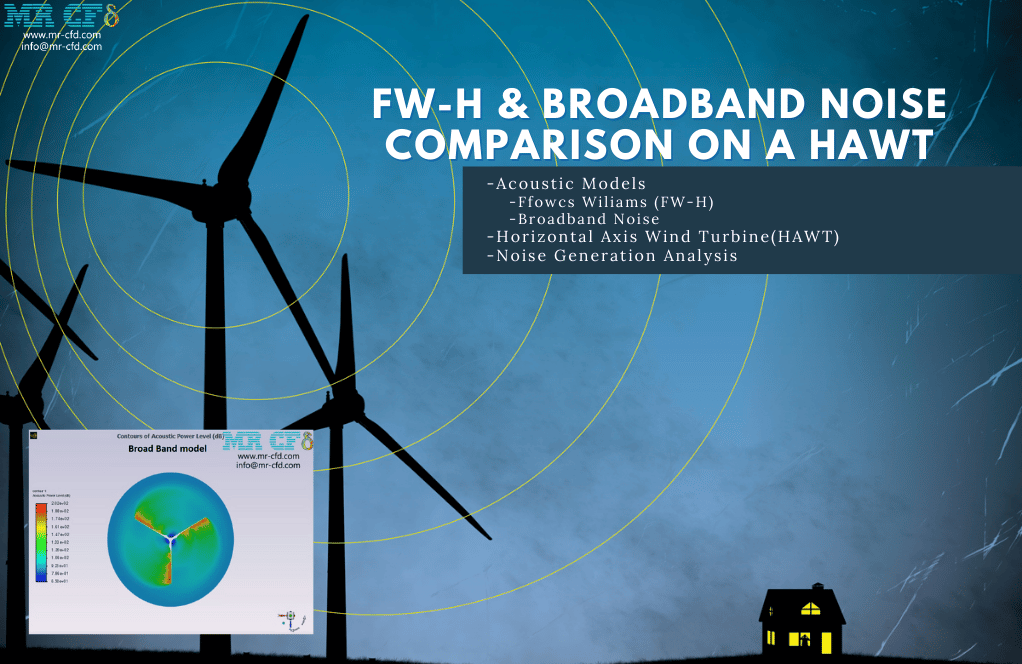FW-H and Broadband Noise Comparison on a HAWT
$220.00 Student Discount
- The problem numerically analyses different Acoustic Models on a HAWT using ANSYS Fluent software.
- We design the 3-D model with the ANSYS Design Modeler and mesh the present model with ANSYS Meshing.
- The Horizontal Axis Wind Turbine sound generation and noise propagation.
- Ffowcs Williams-Hawkings (FW-H) Vs. Broadband noise models.
To Order Your Project or benefit from a CFD consultation, contact our experts via email ([email protected]), online support tab, or WhatsApp at +44 7443 197273.
There are some Free Products to check our service quality.
If you want the training video in another language instead of English, ask it via [email protected] after you buy the product.
Description
Description
In this tutorial, we will investigate the differences between two prominent models for predicting acoustics in fluids, including Ffowcs Williams-Hawkings (FW-H) and Broadband noise model to investigate the noise and sound generation due to the rotating motion of a horizontal axis wind turbine (HAWT).
One of the most intriguing applications of CFD for engineers is its capability to predict sound waves and noises due to its inner workflow for calculating pressure and viscous tensions caused by the medium flowing over different solid structures. This capability can be used in a wide range.
For instance, one can use CFD simulation to predict the noise generation of giant structures such as wind turbines or even the slightest perturbation in the air due to the motion of a fly.
This product is the 5th episode of the Acoustic Training Course.
Comparison between the two FW-H and Broadband noise models
With regard to modeling the noise generation of wind turbines, when the FW-H model is enabled, the user must define both the source and receiver of sound waves explicitly.
While in the FW-H model the user is able to define any source or receiver in the computational domain, its weakness is that the user is only able to extract certain types of results such as FFT analyses of sound waves created in the domain.
In contrast to the FW-H model where the user had to define receivers explicitly, in the Broadband noise model every location inside the domain can be a potential receiver. Hence as a merit over the FW-H model, this model is capable of extracting various graphical results and data ranging from the effect of shear over acoustic wave generation to sound pressure level in any location in the domain.
Conclusion
In this tutorial, you will learn how to employ two of the most famous models for predicting acoustic wave generation inside a computational domain in which there is a horizontal-axis wind turbine. The rotating motion of HAWT and airflow passing over such structure will create strong sound waves which could be harmful to human hearing at near distances.
Therefore, we have used acoustic models to investigate the such phenomenon, including FW-H and Broad band noise inside ANSYS Fluent. Various results and data show what capabilities, merits, or demerits each model can have over the other one.









Reviews
There are no reviews yet.